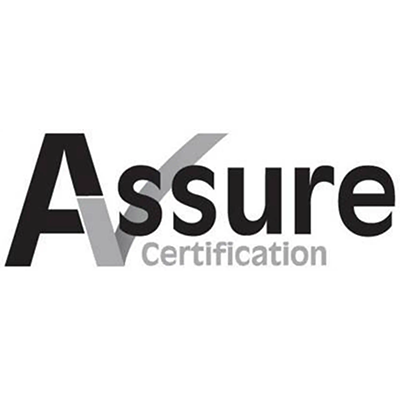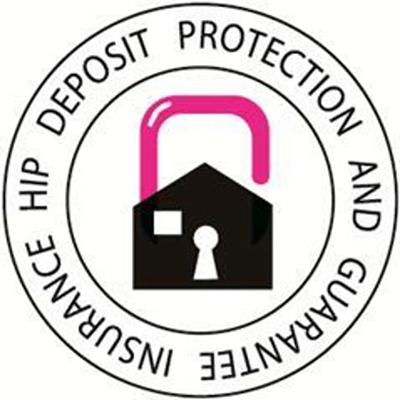Customer Complaints Policy
Our action on complaints
At the heart of first-class service is the person who matters most – you. That’s why at the home network group, we really value your feedback. Letting us know when you are unhappy with the service you experience gives us the opportunity to put matters right for you and to improve our service for everybody. We believe that having your say should be as easy as possible. That’s why we make sure you can contact us however you choose – at a time convenient to you – whether that be face-to-face, by phone, email or letter. We will always do our best to respond as quickly as possible. In each case, we are ready and willing to listen and will try to put things right for you.
Our complaints process
If you are not satisfied with the service we have provided. We have a simple process for complaints that we ask you to follow to help us resolve your complaint as quickly as possible.
Provide us with details of your complaint
If you wish to complain, we would be grateful if you could provide the following details:
- Your name and address.
- Your account number.
- Your daytime telephone number (where we can contact you if we need to) and any preferred contact times.
- A clear description of your concerns or complaint.
- Details of what you would like us to do to put it right.
- Copies of any relevant letters and/or additional that will help us to gain a resolution.
How to contact us
We are ready to receive any comments, feedback and complaints.
Here is how you can contact us:
By post – Home Network Group, Diamond House, Kingsway North, Gateshead, Ne11 0JH
By Telephone – 0191 2123456
In person – At any of our showrooms or at our head office address above.
What we will do and how long it will take
We will do our best to resolve your complaint immediately. Failing that, we always aim to resolve your complaint by the following day. Sometimes it may take longer to fully investigate your concerns. Where this is the case, we will:
- Provide you with the name and contact details of the person who will be investigating your complaint.
- Supply you with a unique case reference number.
- Send you a written acknowledgement within 5 working days.
- Keep you informed of what is being done to resolve your concerns.
- If your complaint will take longer to investigate, we aim to find a solution within four weeks. If we are unable to do so, we will always write explaining what is happening and when we expect to resolve your complaint.
- After 8 weeks we will send you a final response or a thorough progress report
If you are still not happy. . .
We aim to resolve your complaint as quickly as possible and to your complete satisfaction. If, for whatever reason, you are unhappy with the response you receive from us please get in touch directly with the person who handled your complaint. They will then agree the next steps with you.
And finally. . .
We value your feedback. Please help us to get it right for every customer, every time.



